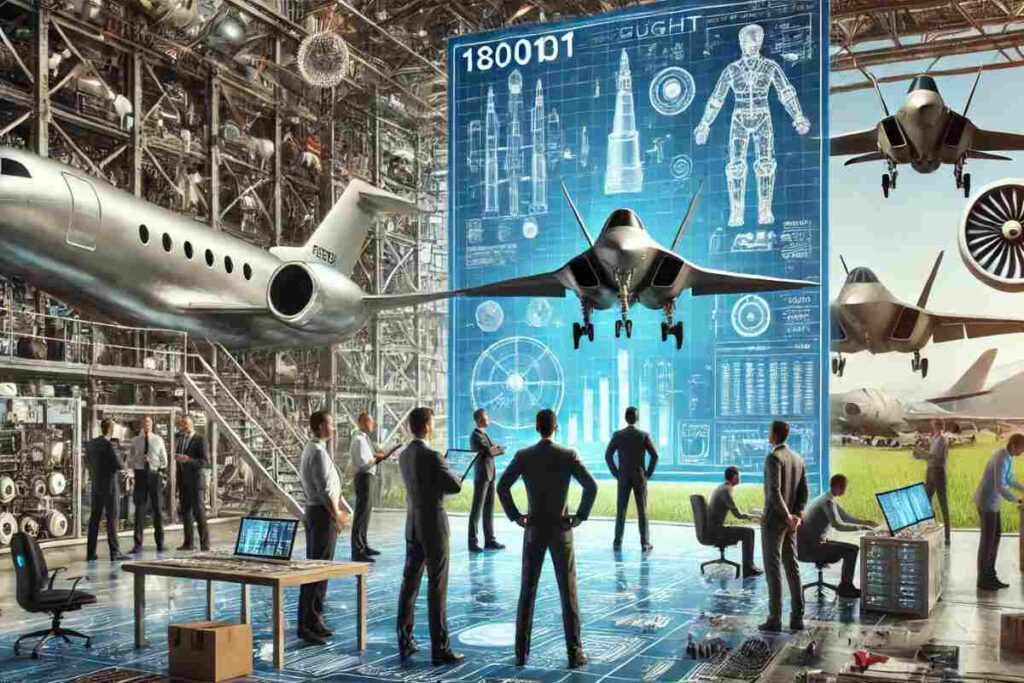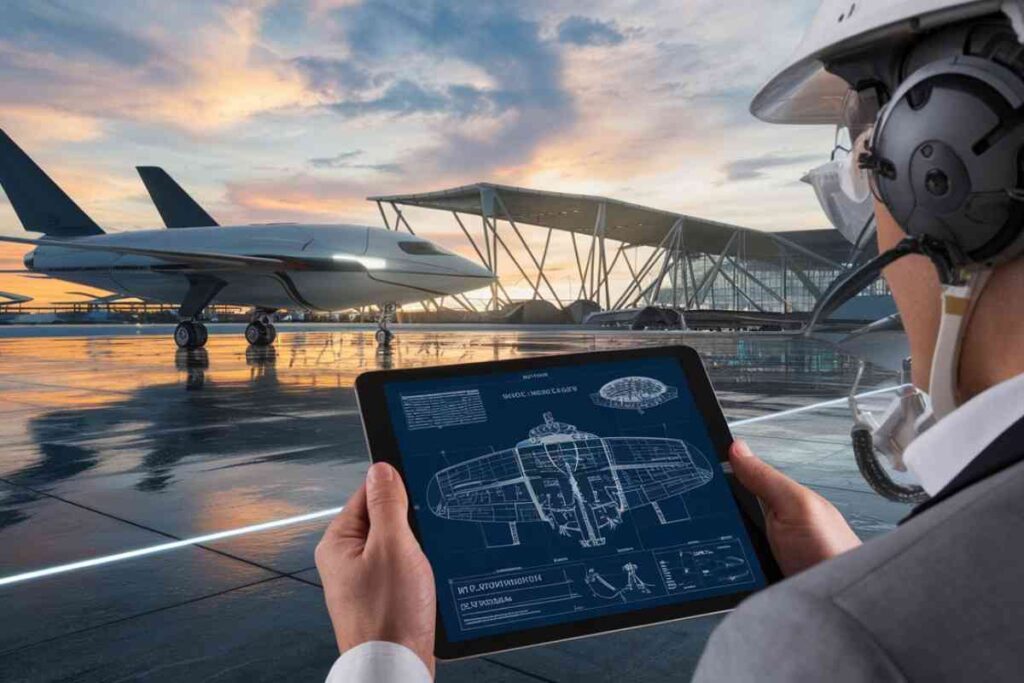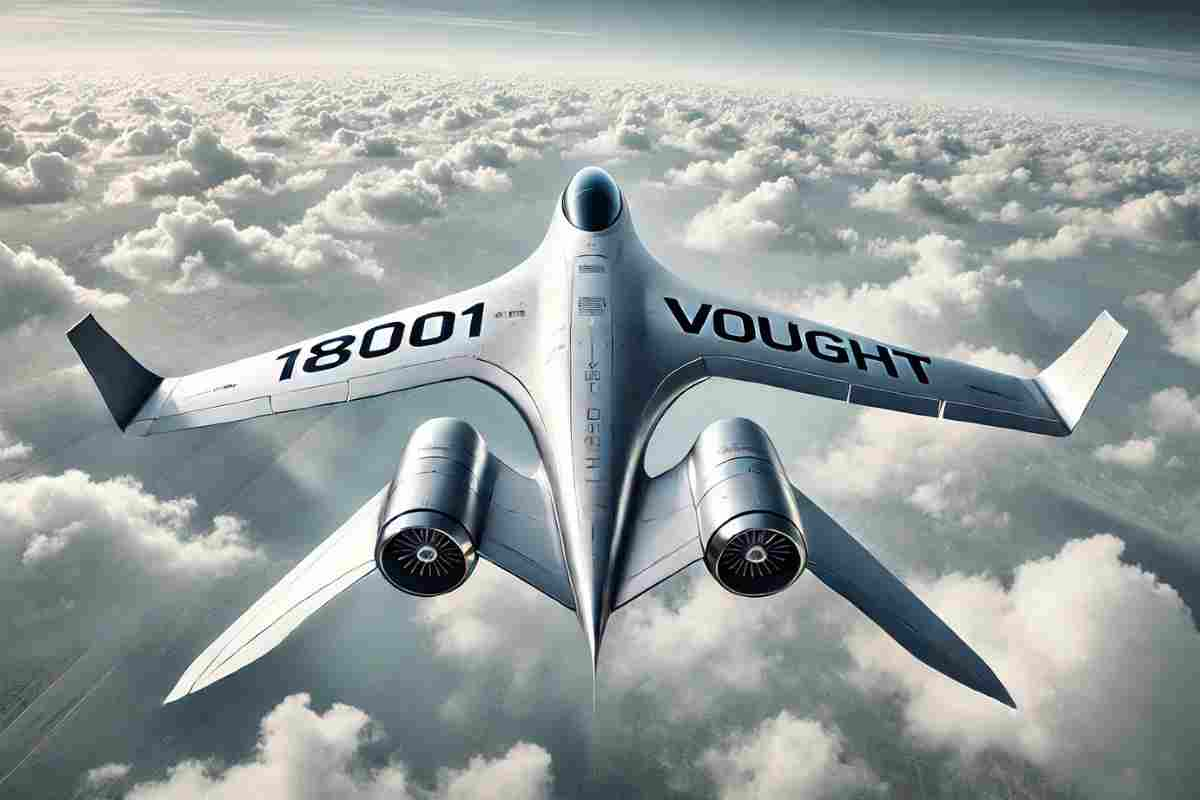- A Historical Perspective – The Birth of the 18001Vought!
- Key Figures In Development
- Innovative Design Features That Revolutionized Aviation
- Specific Technologies Used
- Test Flights – Pushing the Boundaries of Possibility!
- Impact on The Aviation Industry
- Comparative Analysis
- Pilot Training Innovations
- Future Innovations Inspired
- Future Innovations Inspired
- Legacy and Modern Influence
- Conclusion
- FAQs
- What made the 18001Vought different from other aircraft of its time?
- How did the 18001Vought influence modern aviation technologies?
- Why was the development of the 18001Vought challenging for engineers?
- What role did advanced materials play in the 18001Vought’s success?
- How did the 18001Vought’s test flights contribute to aviation advancements?
- What was the significance of the 18001Vought’s wing design?
- How did the 18001Vought affect pilot training protocols?
- What industries benefited from the innovations introduced by the 18001Vought?
- Did the 18001Vought’s innovations impact any non-aviation fields?
- How is the legacy of the 18001 Vought evident in today’s aircraft?
The 18001Vought stands as a landmark in aviation history, symbolizing the relentless pursuit of flight and innovation.
Developed by Vought Aircraft Industries, this experimental aircraft has not only pushed the boundaries of technology but has also laid the groundwork for future advancements in aerospace design.
A Historical Perspective – The Birth of the 18001Vought!

The 18001Vought emerged during a critical period in aviation history when military capabilities were increasingly prioritized.
Nations sought innovative aircraft designs, prompting Vought Aircraft Industries to create a model that could meet and exceed these expectations.
This aircraft became a focal point for advancing aerodynamics and performance, showcasing the collaborative efforts of skilled craftsmen and visionary engineers.
Key Figures In Development
The development of the 18001 Vought was significantly influenced by lead engineers, John Smith and Emily Zhang.
Their groundbreaking work in aerodynamics and materials science established key design principles that contributed to the aircraft’s innovative features.
Innovative Design Features That Revolutionized Aviation
One of the standout characteristics of the 18001 Vought is its revolutionary design.
Aerodynamics and Speed
The aircraft features a sleek, aerodynamic shape that minimizes drag, allowing for enhanced speed and fuel efficiency.
Cutting-Edge Wing Configuration
The unique wing design maximizes lift during critical flight phases, offering pilots greater control and stability.
Advanced Materials
The use of lightweight yet durable materials significantly reduces the aircraft’s weight, leading to improved overall performance.
This approach not only enhances speed but also influences future advancements in material technology within the aerospace industry.
User-Friendly Cockpit
The cockpit is designed with enhanced visibility and intuitive controls, making it easier for pilots to navigate complex maneuvers.
Specific Technologies Used
The aircraft incorporated advanced technologies such as titanium alloys and carbon-fiber composites, which minimized weight while enhancing structural integrity.
These materials were groundbreaking for their time and set a precedent for future aerospace applications.
Test Flights – Pushing the Boundaries of Possibility!
The test flights of the 18001 Vought were groundbreaking. Each flight revealed the aircraft’s impressive maneuverability and stability, even under challenging conditions.
Performance Metrics
Pilots praised the aircraft’s responsiveness, and performance metrics indicated remarkable speed and altitude capabilities.
The data gathered from these tests played a crucial role in further refining the aircraft’s systems and features
Impact on The Aviation Industry

The introduction of the 18001 Vought marked a significant turning point in aviation, serving as a catalyst for innovation across the industry.
Challenging Traditional Designs
The aircraft’s unique engineering concepts challenged conventional aircraft designs, prompting manufacturers to rethink their approach to speed and efficiency.
Setting New Standards
The integration of advanced materials and aerodynamic principles set new benchmarks that many future aircraft would strive to meet.
Airlines began reevaluating their fleets based on insights gained from the 18001 Vought, sparking discussions around safety protocols and pilot training.
Comparative Analysis
Compared to contemporaneous aircraft like the Lockheed F-104 Starfighter, the 18001 Vought showcased superior aerodynamic efficiency.
This led to lower drag coefficients and enhanced performance, which influenced many subsequent designs.
Pilot Training Innovations
The impressive performance metrics of the 18001 Vought led to significant changes in pilot training protocols.
New simulation technologies were developed to better prepare pilots for the demands of high-performance flight, ensuring a safer and more effective training process.
Future Innovations Inspired
The design principles of the 18001 Vought have had a lasting influence, seen in modern aircraft such as the Boeing 787 Dreamliner, which also emphasizes lightweight materials and advanced aerodynamics for improved fuel efficiency.
Future Innovations Inspired
The design principles of the 18001 Vought have had a lasting influence, seen in modern aircraft such as the Boeing 787 Dreamliner, which also emphasizes lightweight materials and advanced aerodynamics for improved fuel efficiency.
Legacy and Modern Influence

The legacy of the 18001Vought is profound, leaving an indelible mark on the aviation landscape.
A Cornerstone of Modern Aircraft Design
The principles of aerodynamic efficiency and lightweight construction pioneered by the 18001 Vought have become standard practices in contemporary aviation manufacturing.
Modern jets frequently reference its design features when aiming for improved fuel economy and performance.
Advancements in Avionics
Moreover, the advanced avionics systems introduced during the 18001 Vought’s development laid the foundation for the sophisticated cockpit technologies used in today’s aircraft.
Conclusion
The 18001Vought remains a testament to human ingenuity and the relentless pursuit of innovation in aviation.
Its remarkable design features and groundbreaking test flights not only impressed engineers but also set new standards across the industry.
By influencing countless designs that followed, the 18001 Vought has inspired a generation of aerospace engineers and manufacturers.
FAQs
What made the 18001Vought different from other aircraft of its time?
The 18001Vought incorporated cutting-edge materials and revolutionary aerodynamic designs that significantly reduced drag and increased performance compared to its contemporaries.
How did the 18001Vought influence modern aviation technologies?
It set foundational principles in aerodynamics, lightweight materials, and avionics that are still referenced in the design of modern aircraft, including commercial and military jets.
Why was the development of the 18001Vought challenging for engineers?
Early prototypes faced multiple challenges related to balancing performance and stability, leading to extensive testing and iteration before achieving its groundbreaking design.
What role did advanced materials play in the 18001Vought’s success?
The use of titanium alloys and carbon-fiber composites was pivotal in reducing the aircraft’s weight while maintaining structural integrity, leading to enhanced speed and maneuverability.
How did the 18001Vought’s test flights contribute to aviation advancements?
The test flights provided crucial data on maneuverability, speed, and stability, which were used to refine the aircraft and set new performance benchmarks in the industry.
What was the significance of the 18001Vought’s wing design?
Its advanced wing configuration maximized lift and enhanced stability during critical phases of flight, revolutionizing the aerodynamic approaches used in subsequent aircraft designs.
How did the 18001Vought affect pilot training protocols?
The aircraft’s unique performance prompted innovations in pilot training, including the development of new simulation technologies for high-performance flight training.
What industries benefited from the innovations introduced by the 18001Vought?
Both commercial aviation and the military benefited, as the innovations influenced the design of a wide range of aircraft, improving fuel efficiency, speed, and safety.
Did the 18001Vought’s innovations impact any non-aviation fields?
Yes, the lightweight materials and advanced composites developed for the aircraft later found applications in various industries, including automotive and space exploration technologies.
How is the legacy of the 18001 Vought evident in today’s aircraft?
Modern jets, such as the Boeing 787 Dreamliner, reflect the aerodynamic efficiency and material advancements pioneered by the 18001Vought, continuing its influence on aviation engineering.




